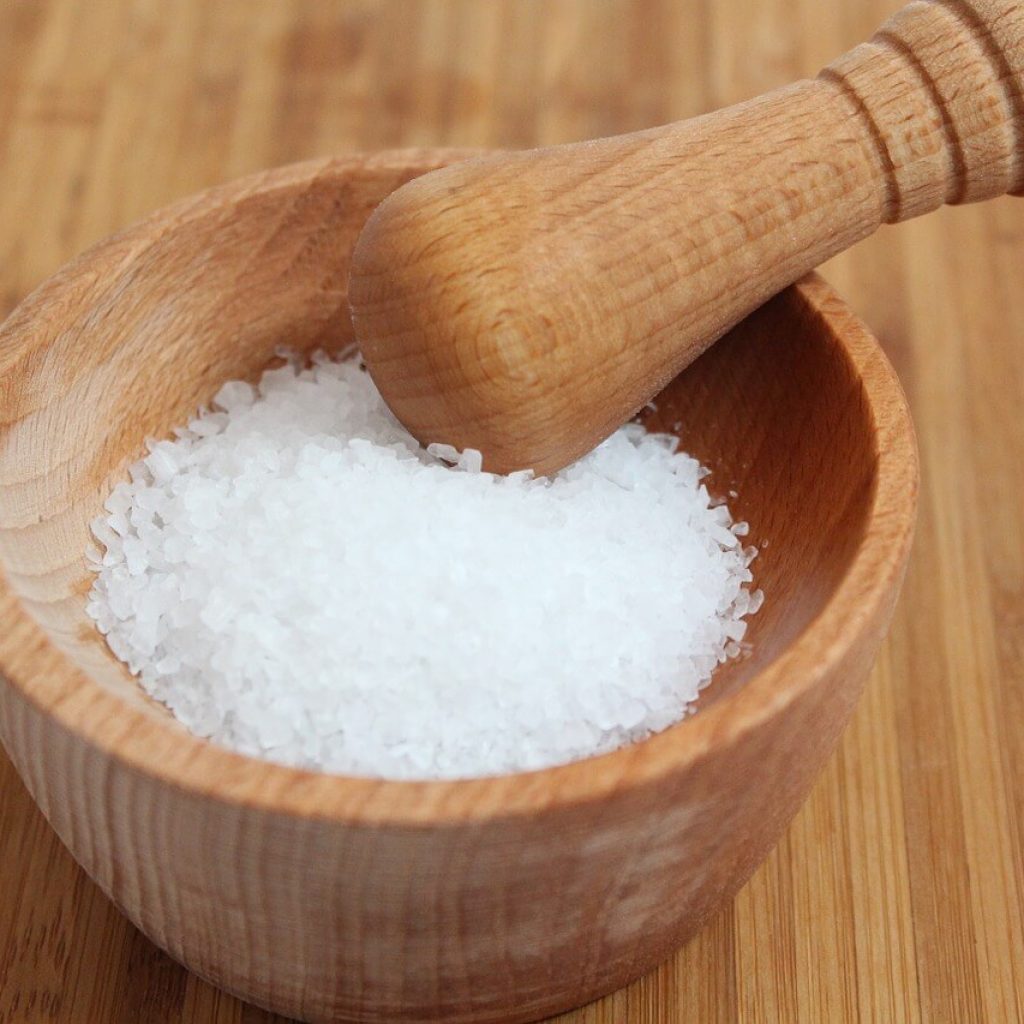Cardiac Health and Salt: The Big Debate

The debate around what foods and nutrients do and don’t affect your cardiovascular health are becoming increasingly heated, especially as fad diets like the red meat heavy “keto diet” travel into the mainstream. It seems like every day you read a news article with a headline battling over trans fats, good and bad cholesterol, or the merits of dairy. Another one of these heated topics is sodium consumption. Can too much sodium have deadly implications for your health? Does it really lead to major heart issues, like hypertension?
Some studies suggest that high sodium diets can increase your risk of heart failure as much as 200%. But can those numbers really be trusted? Many of the studies that are quoted in the debate about salt don’t examine other heart risk factors, such as pre-existing heart disease, high blood pressure, smoking, or lifestyle. There’s also conflicting information on how much salt is too much salt.
How much salt is too much salt?
Cutting out salt entirely is bad news. Salt’s not totally evil—it’s actually essential for a healthy body. Good salt levels help balance the fluids in your body. It also ensures that your nerves, impulses, and muscles are functioning well. Ever notice that when athletes work out particularly hard and sweat a lot, they’re likely to drink Gatorade? Part of what Gatorade replaces in the body is salt. Low sodium levels can be dangerous. When experts debate salt levels, they’re never suggesting to cut out salt completely. The question is how much salt is appropriate for the body, and how it ultimately affects the heart.
How does sodium affect the body?
When you have too much sodium in your blood stream, it increases the volume of blood running through your veins. This happens because salt pulls in water. This is how salt dehydrates people, and it’s also how it impacts your blood pressure. High blood pressure over a short period of time isn’t as much of an issue as prolonged high blood pressure. When your blood pressure is too high for too long, it can overstretch or otherwise injure your veins. This opens the door to a number of other heart problems, including heart attacks.
Sources of sodium
High sodium diets come from more than just an abundance of regular, every day table salt. Pre-made beverages, processed foods, and even some medications might be hidden culprits of sodium! Always check the nutrition label—a salty taste isn’t the only indication you’re able to eat something that’s high in sodium.
Rules of thumb for a low sodium diet and heart health
- Your heart’s health is important! When dining out or shopping for pre-packaged or process foods, always go for the lower sodium option. For some people, it might be difficult to make the flavor adjustment, but you may also be surprised in how little a difference it makes. Another option is to skip the processed food altogether, and making a concerted effort to incorporate more all natural food into your diet. Some doctors say that a good rule of thumb is less than five ingredients. It’s up to you and your needs, but it’s easier to track nutrition if you know what exactly is going into your food.
- Which brings us to our second rule. Always read the labels! Taste can be deceptive. Even sweet foods can be high in sodium.
- When buying nuts, seeds, or other dried foods, consider purchasing a version that hasn’t been pre-salted. If you’re not loving the flavor, you can always add a modest amount of salt at home. That way, you know exactly how much sodium is going into your meal or snack, without having to do the guess work. In addition to this, consider doing the same for broths, bouillon, or canned soups, as well as canned and frozen vegetables. Once you start paying attention to nutrition labels, you’ll be absolutely floored to how much additional salt is lurking in every day items. If you can’t skip the pre-packed or unsalted versions of food, don’t add additional salt while cooking or eating.
- Remove the salt shaker from your dinner table. Instead of reaching for the salt substitute, consider learning more about spices—they’ll add a unique flavor to any dish. There are dozens of salt-free seasoning alternatives that taste just as good, and in some cases even taste better.
Salt’s not the end of the story
Salt isn’t everything. We’re living in a world of spices! There are so many great alternatives to salt that can help bring out the natural flavors of your food. For a non-exhaustive list, check out these recommendations:
- Allspice: Allspice is an extremely popular flavor in Middle Eastern and Mediterranean cuisine. It can be used in rice dishes, on meats (especially lamb), stews, and tomato-based dishes. It’s also used in a number of desserts. It’s similar to cinnamon or nutmeg in its flavor profile.
- Basil: Who doesn’t love fresh and even dried basil? It complements red and white meats, fish, salads, sandwiches, breads, and even cocktails excellently. There are few dishes that can’t use a little bit of basil.
- Bay leaves: Incredibly common in the rest of the world, bay leaves are extremely under utilized in the United States. You can’t eat the leaf—they cause stomach distress! They can, however, be used a flavoring agent in anything from tea to stew to chili. Another common (and great way) to use bay leaves is to throw a few bay leaves into a poultry dish as it bakes in the oven.
- Chives: Chives are absolutely delicious on their own, but they’re also great on baked potatoes, in chili, meat dishes of any kind, or on vegetables. They’re rich in flavor, so you won’t want salt anywhere near a dish that has chives.
- Curry powder: Curry powder is a great way to spice up any dish. It’s also surprisingly easy. Just don’t forget the coconut milk!
- Chilis: Chilis are another great way to add a kick to your food and without salt.
- Garlic: Finally, garlic. Garlic’s something of a life saver in a low sodium diet. It’s the most flavorful food of all, just short of onions that is.





